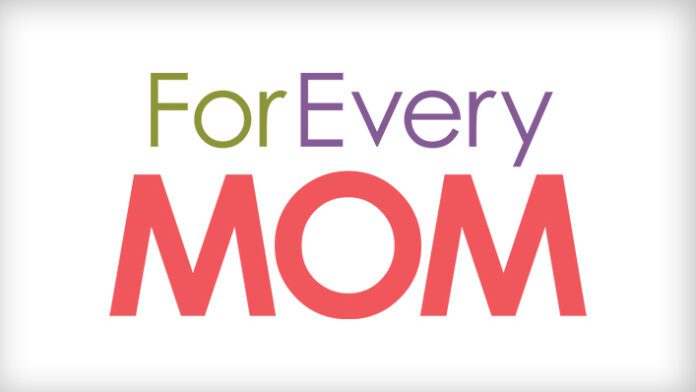Paulina speaks up. She stands by the Queen’s side, acknowledges what she is suffering at the hands of her lunatic husband, and she remains determined to help in any way that she can.
This is what we need, Ladies. This is what our daughters need. We desperately need someone who will stand by our sides, look the bold-faced liars in the eye, and say, “Go on. Threaten and bully all you want. You don’t scare me.”
Each of us needs an advocate. A flesh and blood person who knows us, who loves us, and who will stand in between us and the liars. We need an advocate who will ask us hard questions when we are struggling to maintain healthy body image.
Questions like: How are you feeling about your goals concerning self-image and health? What kinds of posts or articles are you reading that might be triggering negative body perception? Are you in a relationship with someone who is harming you with their disparaging words or actions?
I think advocacy looks different for all of us, based on the depth and history of our body image concerns. The Social Care Institute for Excellence presents different types of advocacy in their most recent publication of the Care Act 2014.
Levels of Advocacy
1. Self Advocacy: The goal of self-advocacy is for people to decide what they want and carry out plans to help them get it.
- Example: If you want to be in better physical shape, find and commit to an Exercise Coach/Trainer – This advocate may know just a bit about us in the beginning, but consistently kicks us in the butt when it comes to helping us to achieve our exercise goals. He/she moves us forward to feel stronger and even more capable in our bodies. –This person can be a great resource for our daughters as long as the coach isn’t CRAY-CRAY, and you know what I mean.
2. Peer Advocacy: The goal of peer advocacy is one-on-one support provided by advocates that have similar experiences.
- Example: Meet with a Trusted Friend/ Mentor– This advocate knows us well, is likely in the similar life stage as us, and will tell us “like it is.” She will listen to us speak about our insecurities and responds honestly about whether we need further help. –This person is a hard kind of friend to find for our daughters because so many adolescents are struggling in this area. Her peer, for a season, might be you, her small group leader, or a trusted aunt or grandmother.
3. Group Advocacy: The goal of group advocacy is group discussion around a shared experience or set of values. There is usually a leader that facilitates the group so that healthy conversation and listening are maintained.
- Example: Many churches and community centers offer group gatherings, focusing on life transformation and a variety of mental health topics. My journey with group advocacy started with Recovery for Life, under the direction of author and teacher, Lynn Hoffman. –This group of people might be available for our daughters in their small groups at church, clubs after school, or at conferences and retreats that specifically address age appropriate needs.
4. Professional Advocacy: – The goal of professional advocacy is to provide an individual, struggling with a major change or critical need, with professional help.
- Example: This person is a clinically trained professional who will help an individual piece together personal history, thoughts and beliefs, and current experience. Individual therapy, though sometimes expensive, is known for helping individuals make great strides in a short(er) period of time. –School counselors, as well as professional therapists who specialize in adolescent therapy, are two resources to consider if you’re concerned that your daughter is exhibiting unhealthy body image related behaviors.
How Will We Move Forward as Believing Women?
Social media, image-based advertising, and a lucrative dieting industry continue to promote images of unattainable physical beauty. Our interaction with and our exposure to these images is damaging female body image. I think most women realize who are the heretics that are making the fire, but how will we respond? (Ay, there’s the rub.)
Will we be like Paul, in his admonition to the Colossians, and stand up for what is good and beneficial? In his letter, he pleads with believers to refute heretical teaching. “See to it that no one takes you captive by philosophy and empty deceit, according to human tradition, according to the elemental spirits of the world, and not according to Christ” (Colossians 2:8).
According to the New Testament letters, Paul is the advocate for the Colossians and for most of the first-century churches. Today, we need to seek out advocates who will call out the lying voices, especially the lying voices that are eating away at the female body. How will we empower women to advocate for healthy body image?
One step in the right direction is finding an advocate who helps you see yourself (and the young women around you) as dearly loved and precious. Like Christ sees you.
Even one advocate can make a difference in our lives as we pursue our goal: Restoring Generous Love for the Female Body by Becoming Compassionate, Capable, and Strong.


